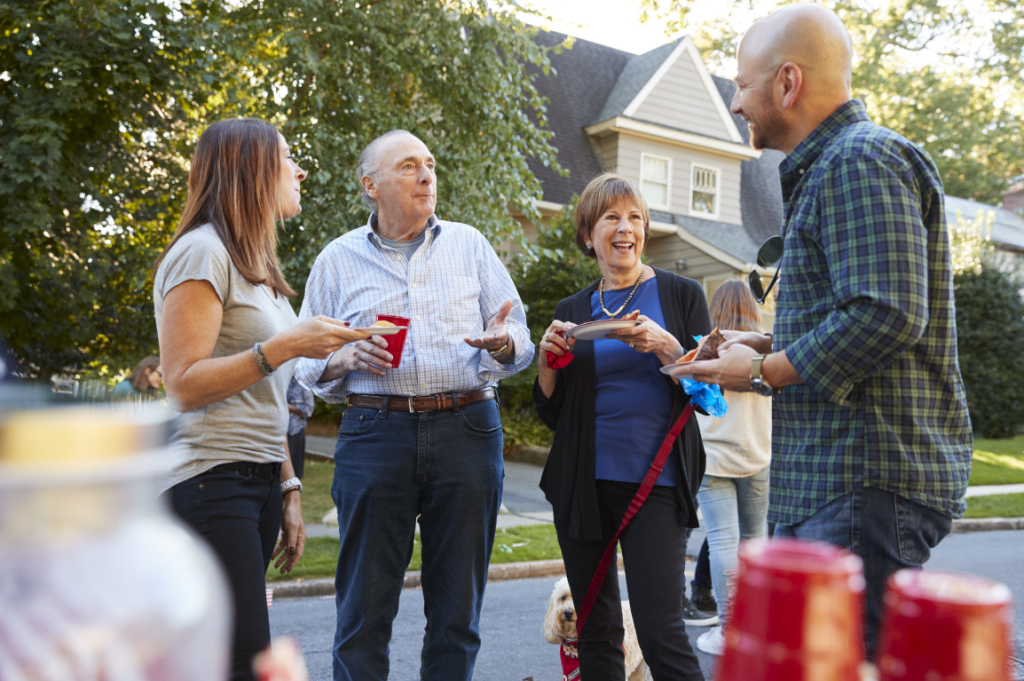Safe Ship Moving Services: Integrating into Your New Community

When you move to a new community, building connections can significantly enhance your experience and help you feel at home. Safe Ship Moving Services notes that establishing relationships with neighbors and participating in local activities not only enriches your social life but also provides a support network that can be invaluable in a new setting. Here are practical ways to meet new neighbors and engage with your community effectively.
Start with a Smile and a Greeting
The simplest way to begin building connections is with a smile and a friendly greeting. As you encounter people in your neighborhood, whether it’s while walking a dog, checking the mail, or just taking a stroll, take the time to say hello and introduce yourself. These small interactions can pave the way for future conversations and a sense of familiarity.
Attend Local Events
Most communities host a variety of events, from farmer’s markets to local festivals or neighborhood block parties. These gatherings are perfect opportunities to meet people in a relaxed and friendly environment. Attending these events allows you to not only enjoy local traditions and activities but also gives you the chance to introduce yourself to others who live nearby. Keep an eye on community bulletin boards, social media groups, or local newspapers to find out about upcoming events.
Join Clubs or Groups
If you have specific hobbies or interests, look for clubs or groups in your new community that share those interests. This could be anything from a book club to a gardening society, sports team, or crafting group. Joining such groups not only helps you meet people with similar interests but also integrates you into the communal fabric through shared activities.
Volunteer Locally
Volunteering is another excellent way to meet people while giving back to the community. Whether it’s helping out at a local food bank, participating in a community clean-up, or assisting at the public library, volunteering places you alongside others who are committed to improving the community. This shared purpose can quickly turn acquaintances into friends.
Leverage Social Media and Apps
In today’s digital age, social media platforms and neighborhood apps like Nextdoor can be very effective in connecting with your local community. These platforms often have groups or pages dedicated to specific neighborhoods or communities where residents share information, ask for help, and announce events. Joining these groups can help you stay informed and also provide an avenue to introduce yourself online before meeting in person.
Organize or Participate in Neighborhood Initiatives
If you notice a lack of community events or groups in your area, consider taking the initiative to organize something. It could be as simple as a potluck dinner, a movie night, or a yard sale. Putting together such an event not only makes you more visible in the community but also shows your willingness to engage and contribute to neighborhood camaraderie.
Be Approachable and Open
Lastly, be approachable and open to invitations and interactions. Sometimes, making connections requires stepping out of your comfort zone and accepting invitations to socialize. Attend neighborhood gatherings, accept invites to local meet-ups, and, when possible, extend your invitations to others. Building genuine connections takes time, but openness to new experiences can accelerate the process.
According to Safe Ship Moving Services, integrating into a new community requires a proactive approach to meeting people and engaging in local activities. By taking these steps, you can build meaningful relationships and feel more at home in your new surroundings. Remember, the key to building connections is consistency in participation and openness in interactions. With time, these connections can grow into lasting friendships and a supportive community network.




Leave a Reply